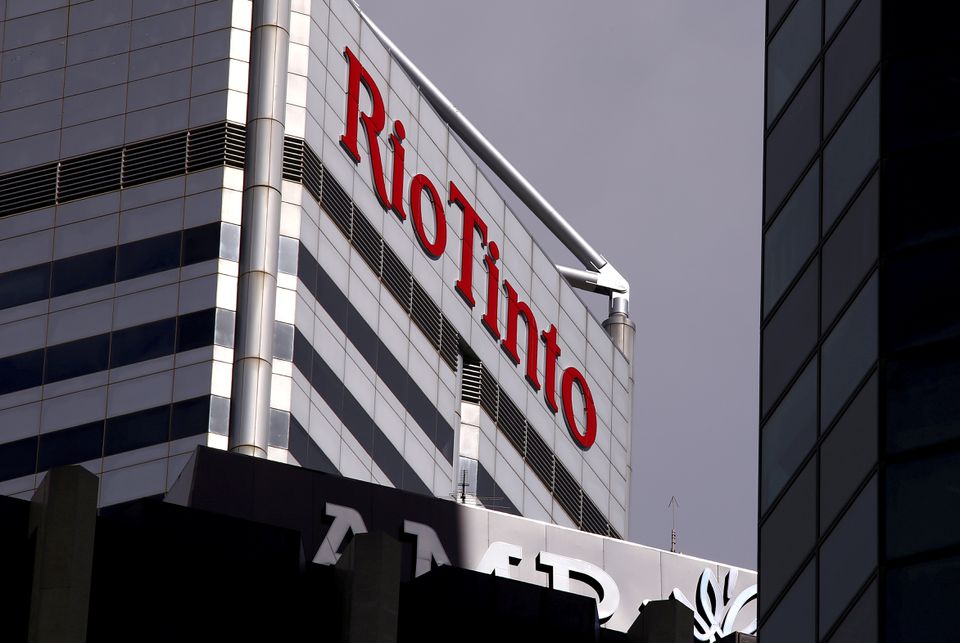At a Glance:
- Rio Tinto has commented that climate change will be the focus of its new strategy.
- There have been no official details of the plan released to cut Scope 3, or customers’ emissions.
- The investors stated that it was unclear how the costs of achieving carbon commitments
Rio Tinto has commented that climate change will be the focus of its new strategy at its first in-person annual general meeting in two years in London. This decision comes after shareholders demanded the company set clear targets to cut indirect emissions.
Jakob Stausholm, the Chief Executive of Rio Tinto, stated that the company will be committing to increase research spending to develop technologies enabling its customers to decarbonize and also highlighted the company’s investment in renewable power.
The Chairman, Simpson Thomson added, “Climate change… is the defining issue for our age, and is at the heart of our new strategy.”
Rio Tinto’s efforts toward climate change
Rio Tinto announced that it would be reducing the emissions by 2020 and had planned a $7.5 billion investment which will be divided to halve its Scope 1 and 2 carbon emissions-cutting the indirect emissions and direct emissions by the company—by the end of 2030. There have been no official details of the plan released to cut Scope 3, or customers’ emissions.
The proxy advisor company Institutional Shareholder Services which offers voting recommendations for shareholders said, “Considering Rio Tinto’s heavy Scope 3 footprint, (which) counts for 95% of total emissions, the absence of concrete targets stands out as a concern.”
Investors question the carbon commitments
The investment manager Sarasin and Partners voted against Rio’s financial accounts and the reappointment of auditor KPMG. They stated that it was unclear how the costs of achieving carbon commitments have been incorporated into the company’s financial statements.
The company was also questioned by the investors repeatedly about the Madagascar mineral sand operations-QIT Madagascar Minerals (QMM). Simpson Thomson shared that the QMM site had to release water from the mine site into the surrounding environment because of heavy rainfall. After the water release, several dead fish were found. Although, Rio Tinto confirmed that the fish did not contain any heavy signs of contamination or toxicity with heavy metals.









